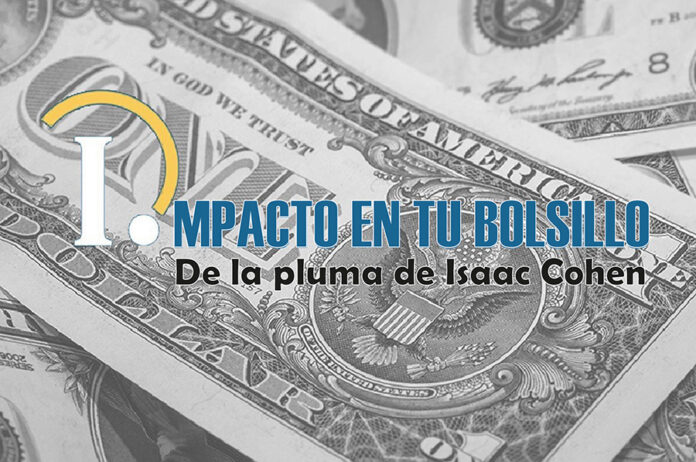President Donald Trump started his second mandate signing a whirlwind of executive orders, causing initial bewilderment and awe. The first day he signed 26 executive orders, with a total of 139 signed until last week. Almost a hundred of these orders have been challenged in court.
Among the numerous topics covered by those executive orders, the most prominent are on tariffs, immigration and the reduction of the federal workforce.
The most controversial order, ranging worldwide, is the closing of the US economy, by approving tariffs against imports from all over the world. The stock market plunged, yields on longer term Treasuries rose and the dollar fell against major currencies. Deepening this negative reaction, President Trump demanded interest rates cuts, warning he could fire the head of the central bank. This led the next day to a retreat, by declaring a pause of ninety days in the adoption of the “reciprocal tariffs,” except those applied against China, while President Trump said he had “no intention” to fire the central bank head.
On immigration, a major accomplishment has been the drastic reduction of entries of asylum seekers at the southern border. But the repatriation of foreigners who have criminal records, together with the rejection of asylum demands, have generated controversy and numerous court challenges.
Finally, on the reduction of the executive branch workforce, under the guidance of Tesla owner Elon Musk, it is estimated that 75,000 government employees have opted for retirement with buyouts, while many more have been fired, and several have been reinstated temporarily. Recently, Mr. Musk announced that in May he will dedicate more time to managing Tesla.
The uncertainty generated by this initial erratic and unpredictable decision-making style, have caused President Trump’s rate of approval to fall to the lowest level of any other president elected since the end of the Second World War.
*International analyst and consultant, former Director ECLAC Washington. Commentator on economic and financial issues for CNN en Español TV and radio, UNIVISION, TELEMUNDO and other media.







